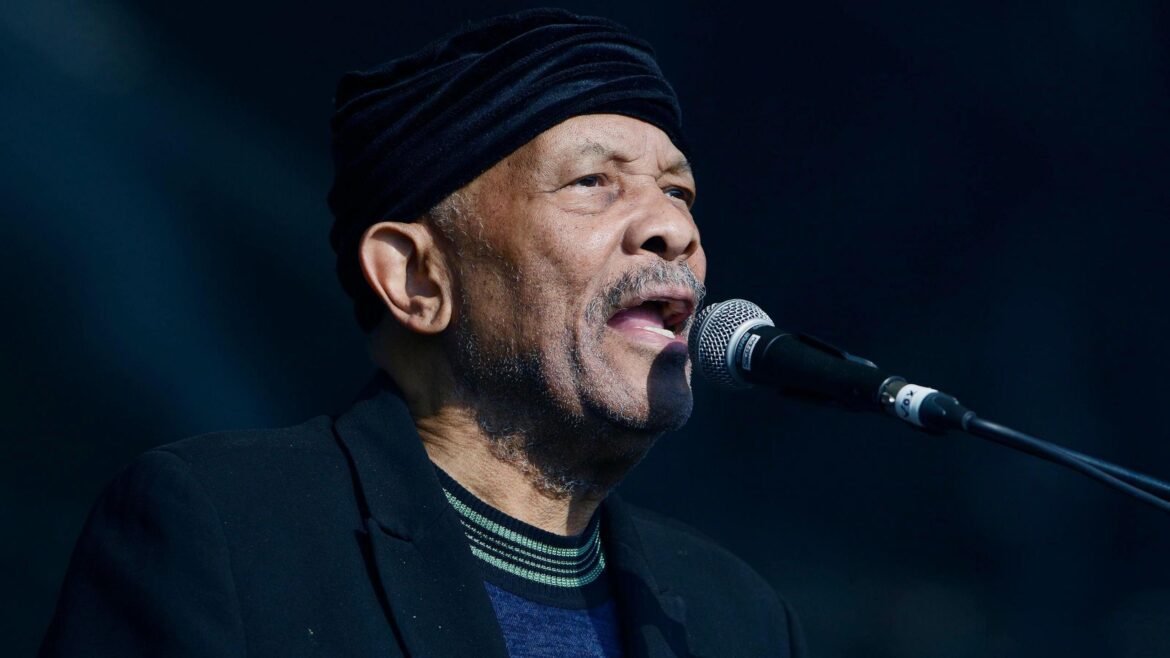
Roy Ayers: The Godfather of Neo Soul
Roy Ayers was an American vibraphonist, record producer, and composer whose innovative contributions to jazz, funk, and R&B cemented his status as one of the most influential musicians of his generation. His career spanned more than six decades, during which he played a pivotal role in shaping jazz-funk, acid jazz, and neo-soul. His signature compositions, including “Everybody Loves the Sunshine,” “Lifeline,” and “No Stranger to Love,” remain timeless classics that have been widely sampled and celebrated across multiple genres.
Early Life and Musical Beginnings
Roy Ayers was born in Los Angeles, California, on September 10, 1940 and introduced to music at an early age by his parents. His mother was a pianist, and his father was a trombonist, exposing him to a wide range of musical styles. Growing up in the vibrant West Coast jazz scene, Ayers was drawn to the vibraphone after being gifted a set of mallets by Lionel Hampton, the legendary jazz vibraphonist, at the age of five. This fateful encounter set Ayers on a path toward becoming one of the most innovative vibraphonists of his era.
Ayers studied music at Los Angeles City College, honing his craft and immersing himself in the burgeoning jazz scene. His early influences included jazz greats like Miles Davis, John Coltrane, and Thelonious Monk. By the early 1960s, he was performing with notable artists such as Herbie Mann, who provided Ayers with a platform to develop his distinctive sound and gain exposure on a national level.
Career Evolution: From Post-Bop Jazz to Jazz-Funk
Roy Ayers began his recording career as a post-bop jazz artist, signing with Atlantic Records in the mid-1960s. He released several studio albums that showcased his virtuosic vibraphone playing and deep-rooted jazz sensibilities. However, by the late 1960s and early 1970s, Ayers had begun to explore the fusion of jazz with funk and soul, leading to the formation of his band, Roy Ayers Ubiquity.
During his tenure at Polydor Records in the 1970s, Ayers became a pioneer of jazz-funk, a genre that blended the improvisational elements of jazz with the rhythmic grooves and danceability of funk and soul. His 1976 album Everybody Loves the Sunshine became a defining work of this era, with the title track becoming his most iconic and enduring song. Characterized by warm, ethereal vibraphone melodies, hypnotic basslines, and soulful vocal harmonies, “Everybody Loves the Sunshine” remains a staple in music history, often sampled by hip-hop and R&B artists.
Throughout the 1970s, Ayers released a string of influential albums, including Vibrations (1976), Lifeline (1977), and You Send Me (1978). His ability to seamlessly blend jazz instrumentation with funk rhythms and socially conscious lyrics earned him a devoted following and critical acclaim. Hits such as “Running Away” and “Searching” exemplified his unique sound and musical philosophy.
.

.
The Acid Jazz Movement and Neo-Soul Influence
By the 1980s, Ayers’ music continued to evolve as he delved into the burgeoning acid jazz movement. Acid jazz, which fused jazz, funk, soul, and electronic music, found a natural pioneer in Ayers, whose work had already blurred these genre boundaries. He collaborated with artists such as Guru on the Jazzmatazz projects, further bridging the gap between jazz and hip-hop.
His contributions to the neo-soul movement were equally significant. Artists such as Erykah Badu, D’Angelo, and Jill Scott have cited Ayers as a major influence, and his music has been sampled extensively by hip-hop producers and artists, including A Tribe Called Quest, Mary J. Blige, and Common. His legacy as “The Godfather of Neo Soul” is evident in the continued resonance of his work within contemporary music.
Legacy and Cultural Impact
Roy Ayers’ influence extends far beyond his own recordings. His music has been sampled in countless hip-hop and R&B tracks, making him one of the most sampled artists of all time. The warm, melodic textures and groove-driven rhythms of his compositions provided the perfect foundation for producers in the golden age of hip-hop, particularly in the 1990s and early 2000s.
.
.
Beyond his impact on sampling culture, Ayers was a visionary musician whose work transcended generations. His ability to blend genres and push musical boundaries ensured that his music remained relevant decades after its initial release. His contributions to jazz-funk and neo-soul paved the way for future artists, and his innovative approach to music continues to inspire new generations of musicians and producers.
Later Years and Passing
In his later years, Ayers continued to tour and record music, collaborating with both veteran musicians and emerging artists. His live performances were celebrated for their energy, warmth, and improvisational brilliance, solidifying his reputation as a masterful performer.
Roy Ayers died on March 4, 2025, at the age of 84. His death marked the end of an era, but his music lives on as a testament to his genius. His ability to innovate and inspire across multiple generations ensures that his legacy will endure for years to come.
Conclusion
Roy Ayers was more than a vibraphonist—he was a visionary who reshaped jazz, funk, and soul music. His pioneering work in jazz-funk, his contributions to acid jazz, and his lasting impact on neo-soul make him one of the most important figures in modern music history. From the sun-kissed grooves of “Everybody Loves the Sunshine” to the deep funk rhythms of “Running Away,” his music continues to uplift, inspire, and resonate across generations. As one of the most sampled and celebrated musicians in contemporary music, Roy Ayers’ legacy is eternal, forever influencing the soundscape of jazz, hip-hop, and R&B.
Check out Roy Ayers on Amazon by clicking here.
If you found this interesting please share it with your friends and family, and check out some of our other articles on Musicians who Died in 2025.
.

